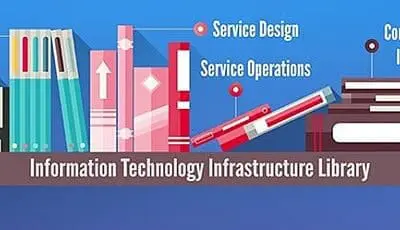When it comes to selecting a Managed Services Provider (MSP), IT leaders value quality service delivery and best practices. As a result, many businesses seek MSPs who leverage Information Technology Service Management (ITSM) quality standards to improve business; while others may search for MSPs who follow Information Technology Infrastructure Library (ITIL) practices in their service delivery. In most cases, these companies are looking for MSPs with similar characteristics—the ambiguity lies in the relationship between ITSM and ITIL.
Put simply, it’s hard to distinguish between ITSM and ITIL because these concepts fall into distinct, non-comparable categories. Here are the basic definitions:
ITSM is what you do to manage the services you deliver to your customers.
ITIL is a best practice framework that can be applied to ITSM to help your organization scale and work more efficiently.
In other words, ITSM is what you do and ITIL is how you do it.
ITSM
ITSM is any approach for designing, delivering, managing, and improving IT services within an organization. The overarching goal of ITSM is to ensure that the right people, process, technology, and tools are in place to enable business objectives.
If you work at an organization that uses technology and manages processes, then you are already leveraging ITSM quality standards (whether you know it or not). However, many businesses struggle because the ITSM they have in place is substandard or out of alignment with the company’s goals. The question, then, is not ITSM, but how to improve the quality of your ITSM. That’s where ITIL comes into play.
ITIL
ITIL is a framework of best practices to help align IT with business needs. ITIL provides complete guidelines for five key areas of the IT service lifecycle: Service Strategy, Service Design, Service Transition, Service Operations, and Continual Service Improvement. In fact, the current version of ITIL (V.3) addresses 28 distinct processes within a business that affect maturity and the quality of ITSM overall.
ITIL is growing in popularity because it helps companies make sense of the (often informal) ITSM processes they have in place, and it also helps IT leaders gather specific data to measure how they’re doing against their competitors. Note that while ITIL is not the only set of best, it is the most commonly accepted and widely used in the industry.
Why is This Important?
It is important to understand the relationship between ITSM and ITIL because organizations gain very little when they attempt to consider these concepts independently.
ITIL practices lead to operational transparency, business agility, reduced downtime, and reduced costs, which is why it is critical for businesses to work with MSPs who apply the ITIL philosophy to their IT Service Management practices. By understanding these concepts and making informed decisions about MSPs, companies can elevate the quality of their IT Service Management through proven best practices and streamlined frameworks. Read our whitepaper to learn more about how to select a quality MSP.






